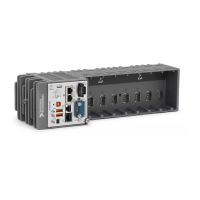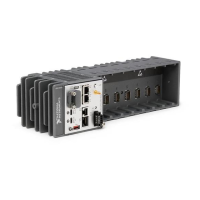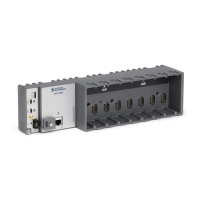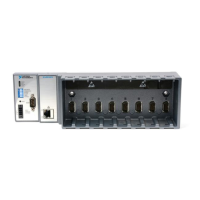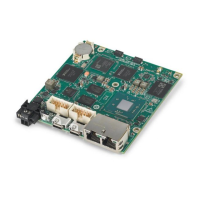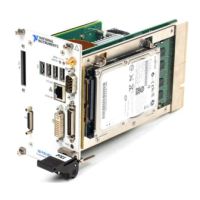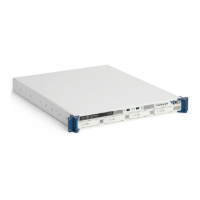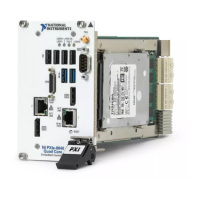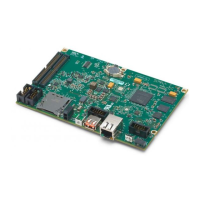© National Instruments | 5-11
NI cDAQ-9132/9133/9134/9135/9136/9137 User Manual
Frequency Measurement
You can use the counters to measure frequency in several different ways. Refer to the following
sections for information about cDAQ controller frequency measurement options:
• Low Frequency with One Counter
• High Frequency with Two Counters
• Large Range of Frequencies with Two Counters
• Sample Clocked Buffered Frequency Measurement
Low Frequency with One Counter
For low frequency measurements with one counter, you measure one period of your signal using
a known timebase.
You can route the signal to measure (fx) to the Gate of a counter. You can route a known timebase
(fk) to the Source of the counter. The known timebase can be an onboard timebase, such as
80 MHz Timebase, 20 MHz Timebase, or 100 kHz Timebase, or any other signal with a known
rate.
You can configure the counter to measure one period of the gate signal. The frequency of fx is
the inverse of the period. Figure 5-12 illustrates this method.
Figure 5-12. Low Frequency with One Counter
fx
fk
Gate
Source
123 … N
Single Period
Measurement
…
Period of fx =
N
Frequency of fx =
N
Interval Measured
fk
fk
fk
fx
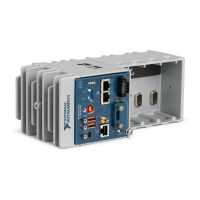
